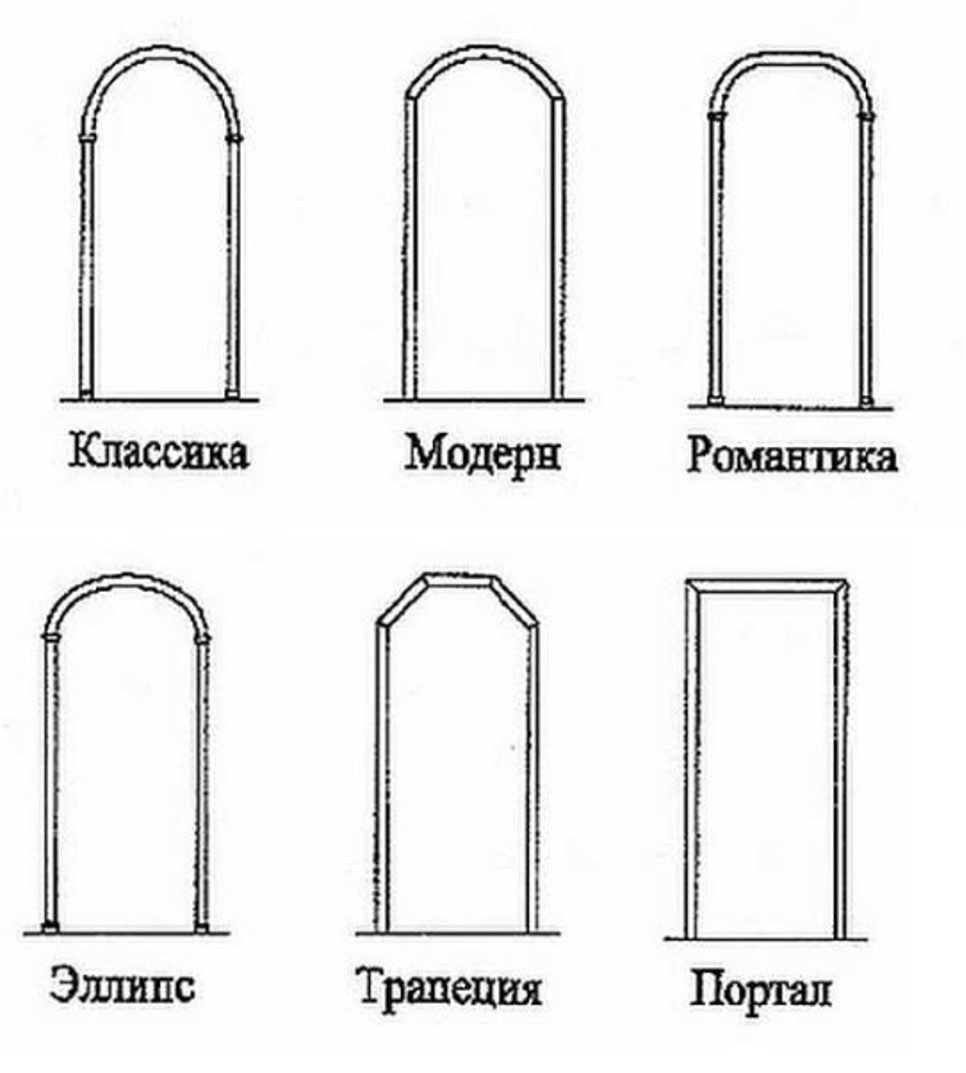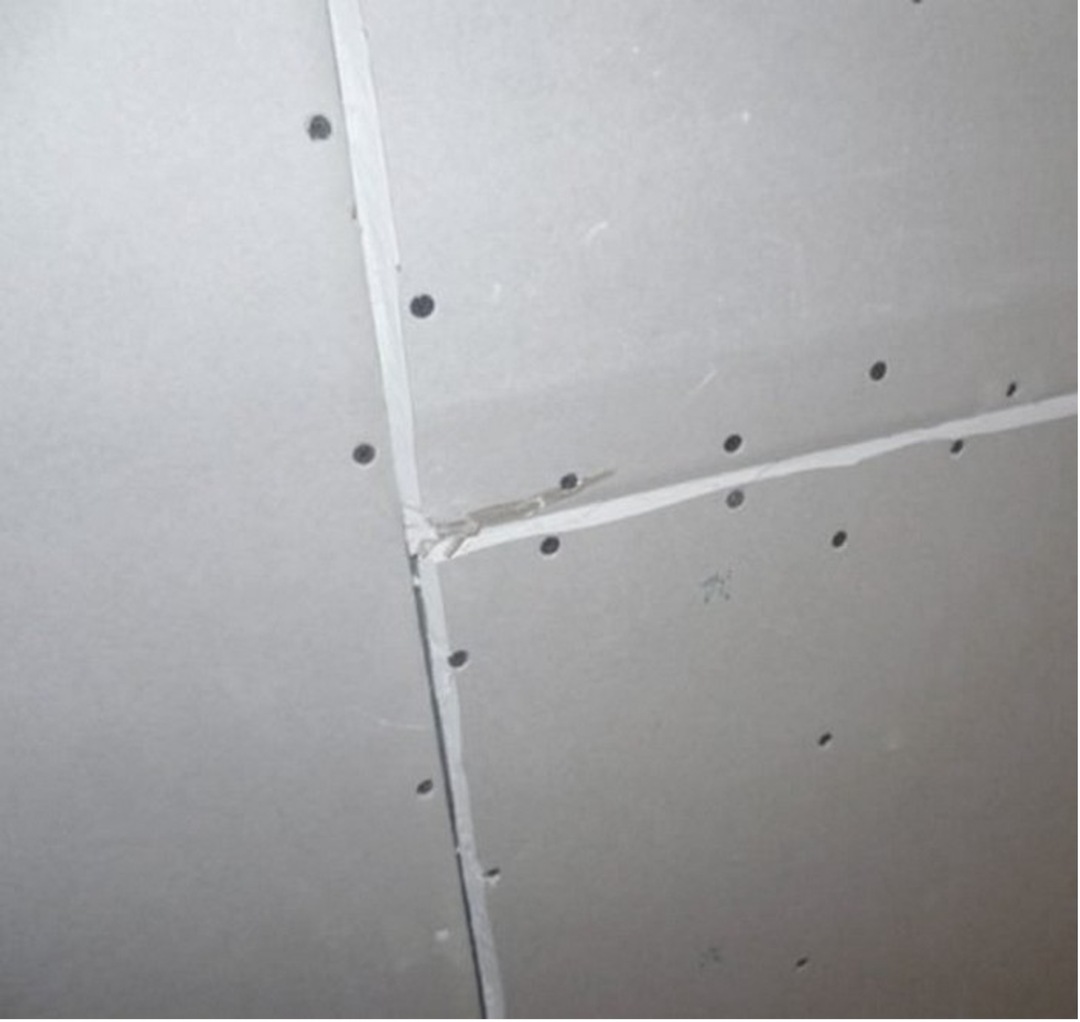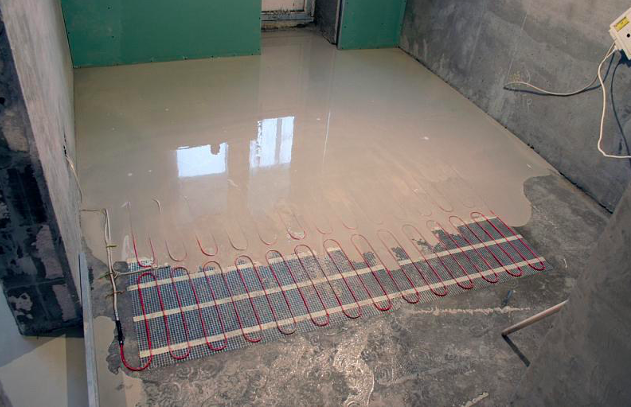There are several ways to glue drywall to a wall. They differ in the way the adhesive mixture is applied, as well as in the preparation of the wall. Drywall is a versatile material that allows you to smooth out irregularities, including fairly large ones. How to do this is described step by step in the presented article.
The content of the article
- Preparatory work
-
Gluing drywall
- First way
- Second way
- Third way
Preparatory work
Before you figure out how to glue drywall to the wall with your own hands, you need to do some preparatory work, i.e. remove old trim. You should act like this:
- They carefully examine the surfaces and evaluate the differences - the largest in depth and height. To do this, use the building level.
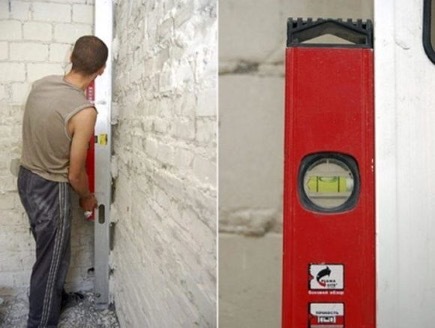
- Remove the old trim using a small ax and other tools. The wallpaper is completely ripped off, the tiles are removed.
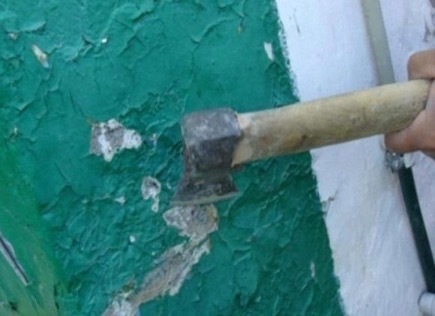
- Carry out the wiring. Enclose it in a plastic corrugated pipe. Marking is planned and grooves are made for laying wiring after repairs.
- Before you start gluing drywall to the wall, remove the old facing material and inspect the wall for fragile areas. When found, they must be strengthened.
- In places where it is supposed to install switches, sockets and junction boxes, you will need to make recesses. The cables are covered with a layer of plaster or fixed on a bracket.
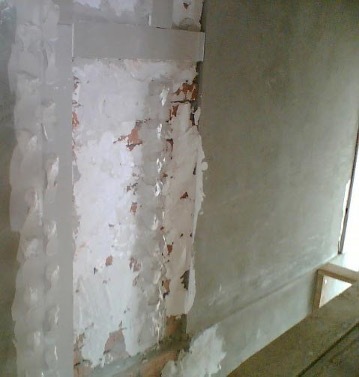
- If the wall differences are very large, gluing drywall to the walls is also possible. But it is not required to make special recesses for wiring - you can lay it in these pits.
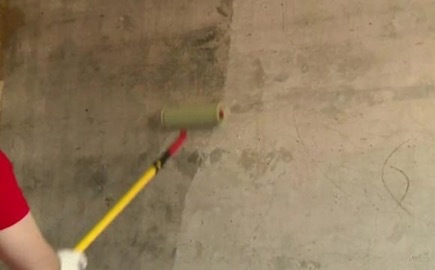
- The walls are carefully primed, and I tear the composition in advance, depending on the properties of the surface. It is best if the composition will include antiseptic additives.
- Next, you can plan to glue the drywall to the wall. For everything to go right, it is necessary to determine the most protruding part and deviate from it 12.5 mm (gypsum board thickness).
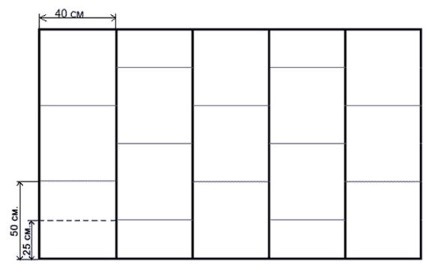
- A similar mark is transferred from the floor to the ceiling, and then markings are made over the entire surface of the wall with a cord.
Gluing drywall
Now we proceed to the main stage - we glue drywall on the wall. There are 3 proven ways to do this, the choice of which depends on the nature of the drops.
First way
The first option, how to glue drywall, is used in cases where the differences are not very significant, i.e. the walls are relatively flat. Therefore, the work is easiest to do - you should act like this:
- Prepare the mixture at the rate of half a bucket per 1 sheet.
- There is no doubt whether drywall can be glued to the wall. It is important to do this correctly - first you need to mark and cut openings on it, if they are in the diagram.
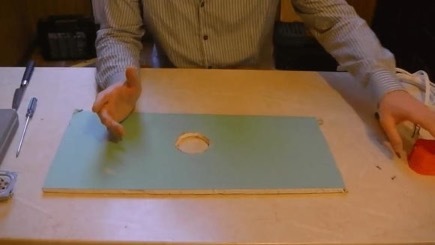
- Using a notched trowel for laying tiles, the mixture is applied to the sheet from the back, and this must be done longitudinally. In those places where the depressions are especially strong, put the maximum amount of glue.
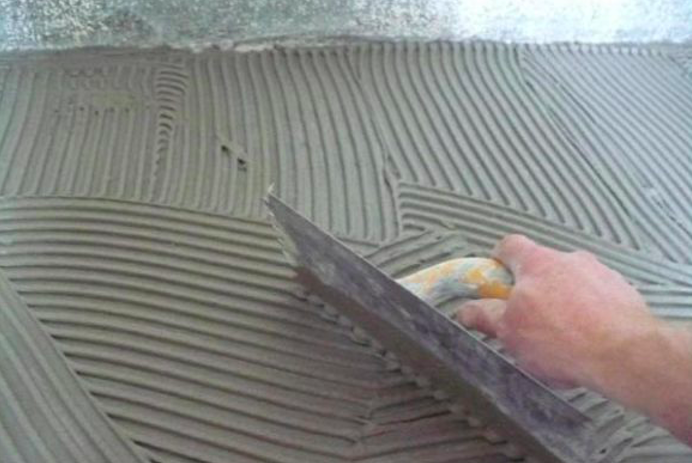
- It is clear how to glue drywall - it is applied to the wall exactly according to the markup. Moreover, slats are first placed on the floor, on which the sheet is laid, directing the “face” to the floor.
- They lift the sheet, pull the wiring through the holes and press it against the wall. If necessary, it is additionally fixed with self-tapping screws.
Second way
There is another way that allows you to glue drywall to the wall with your own hands. It is suitable for brick walls with fairly large differences. The algorithm is the following:
- Prepare the surface, carry out the gating and lay the wiring. Also outline the output for sockets and lamps.
- They put slats on the floor, and on them - a plasterboard sheet. Mix the adhesive solution.
- Using a spatula, distribute the composition in small piles on the inside of the sheet. They should go in rows with an interval of 50-60 cm. If you put drywall on tile adhesive against a wall with large irregularities, you should put more mixture there.
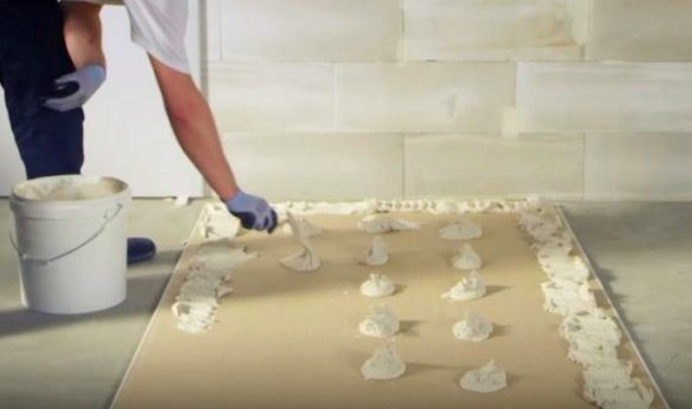
- Lift the sheet and press it to the surface. If any sections stick out, they are gently tapped. The correctness of the work is checked using the building level.
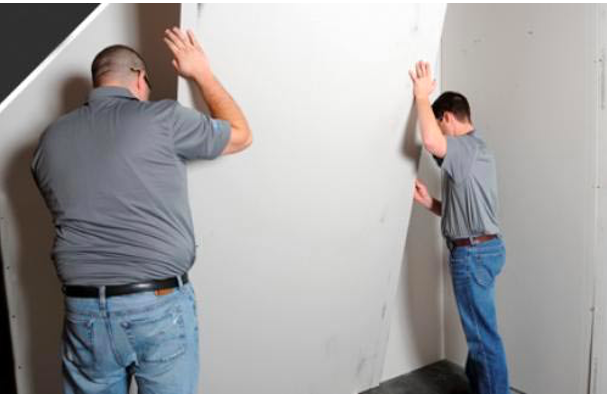
Third way
There is another way to glue drywall to an uneven wall. It is suitable for old walls with very large drops. The instruction is as follows:
- Prepare the surface and display the level at which each drywall sheet will be pasted.
- They don’t work with them entirely - they pre-cut strips, each 100 mm wide.
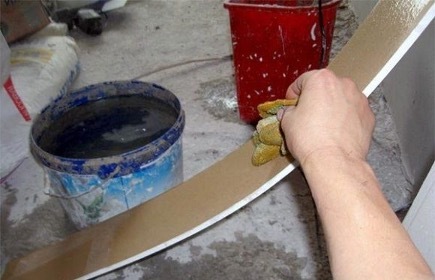
- On the back side, the composition is also applied in heaps.
- Then they lift and carefully press against the wall, controlling the correctness of the work on the building level. It turns out a kind of frame to which the skin will be attached. It remains only to wait until the glue dries.
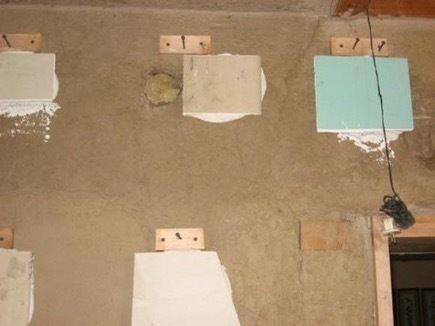
- Now you can stick the sheets themselves. First, they are laid on prepared wooden slats, placed on the back side of a pile of glue mixture with an interval of 2.5 cm.
- They lift the leaves, pull the wiring into the openings and carefully press it against the wall, if necessary, tapping those places that protrude above the surface.
Thus, pasting the walls with drywall is quite affordable for independent work. For most rooms, the first or second technology is suitable, which differs only in the features of applying glue. In any case, the principle is the same - it is better to apply the composition on the leaves themselves, and not on the wall. If at some point the difference is too large, more mixture is put there. If necessary, the sheets are additionally reinforced with self-tapping screws.
